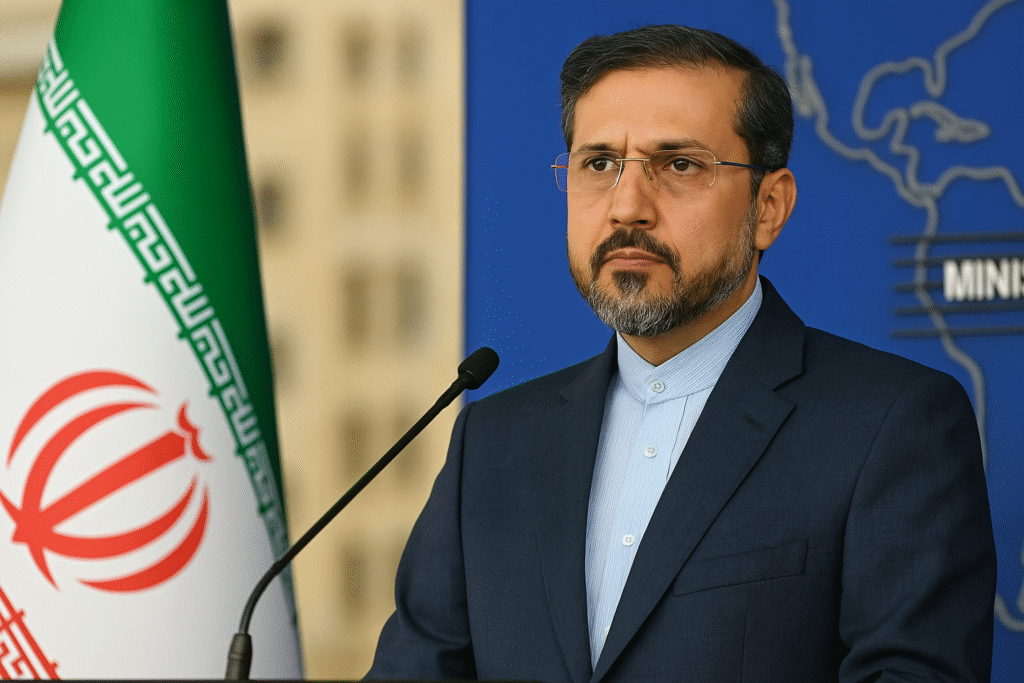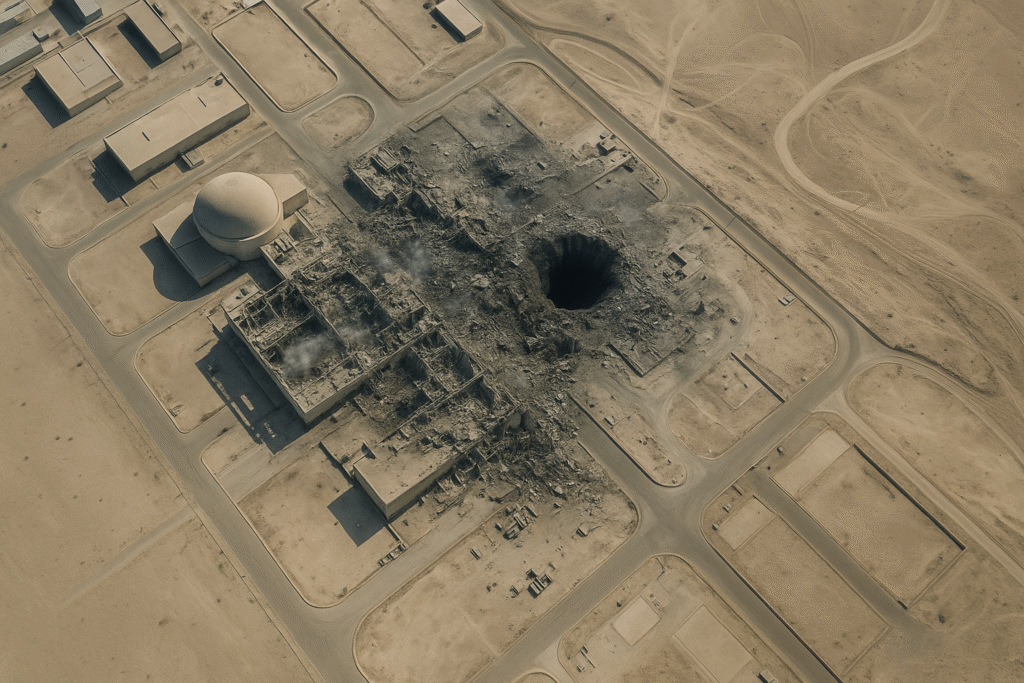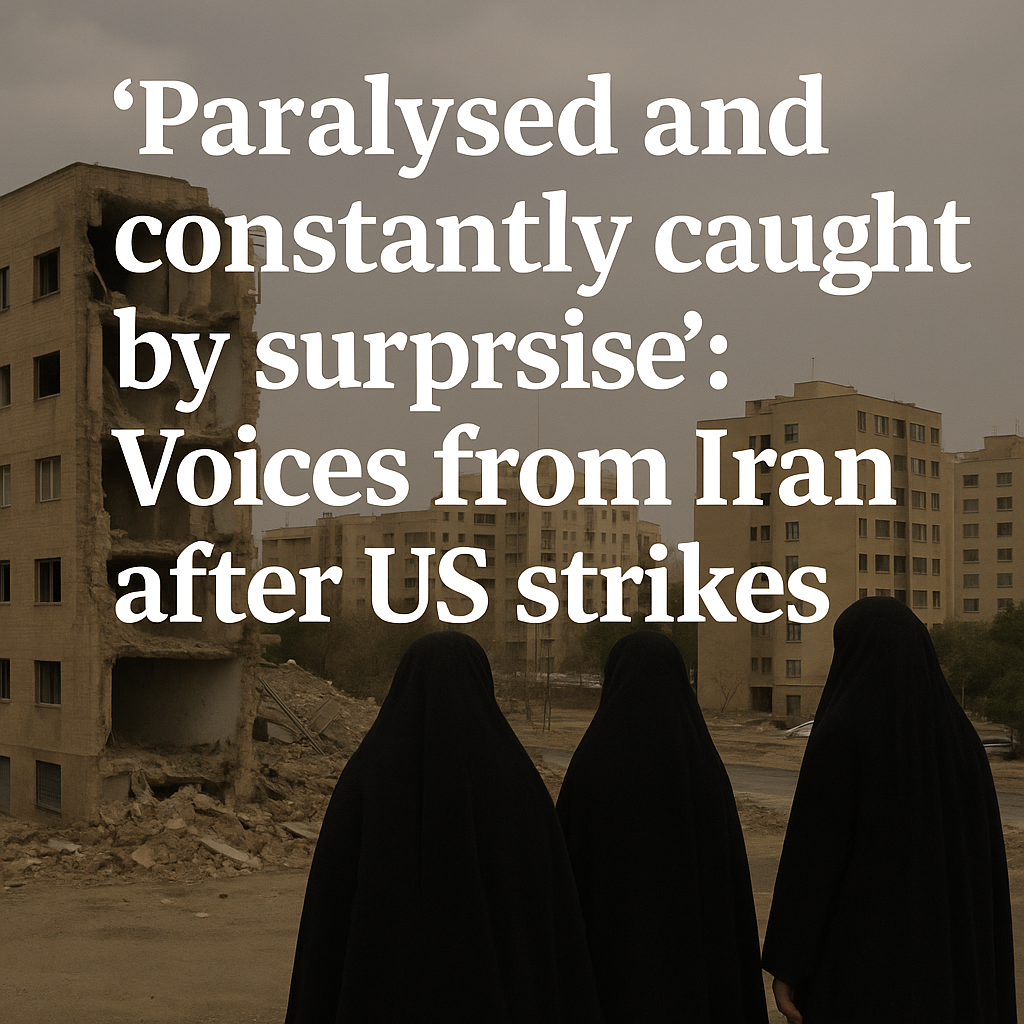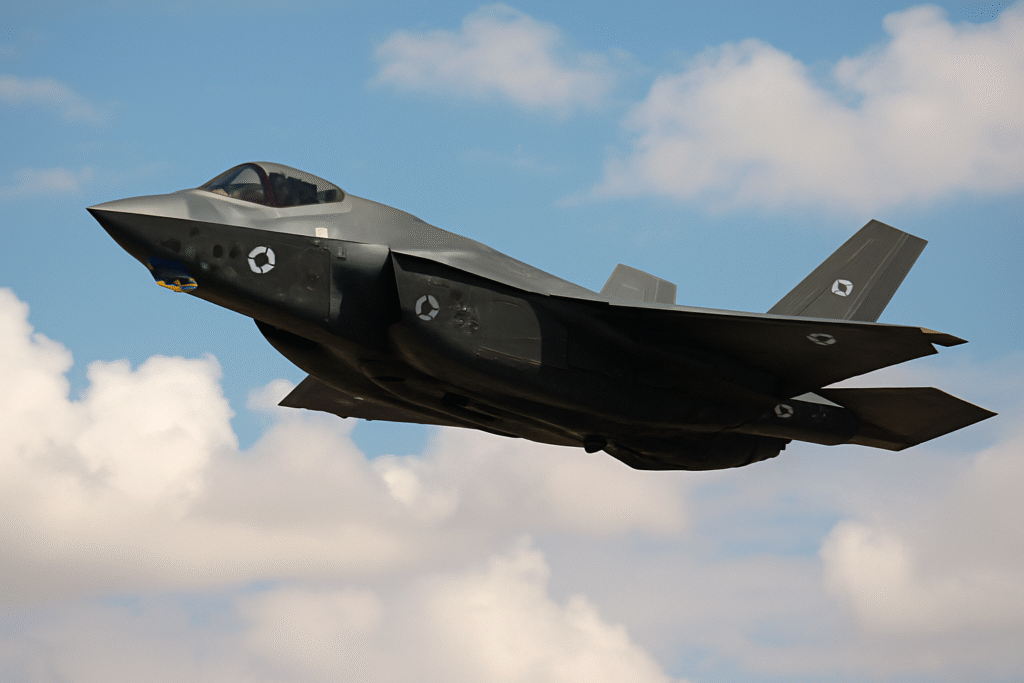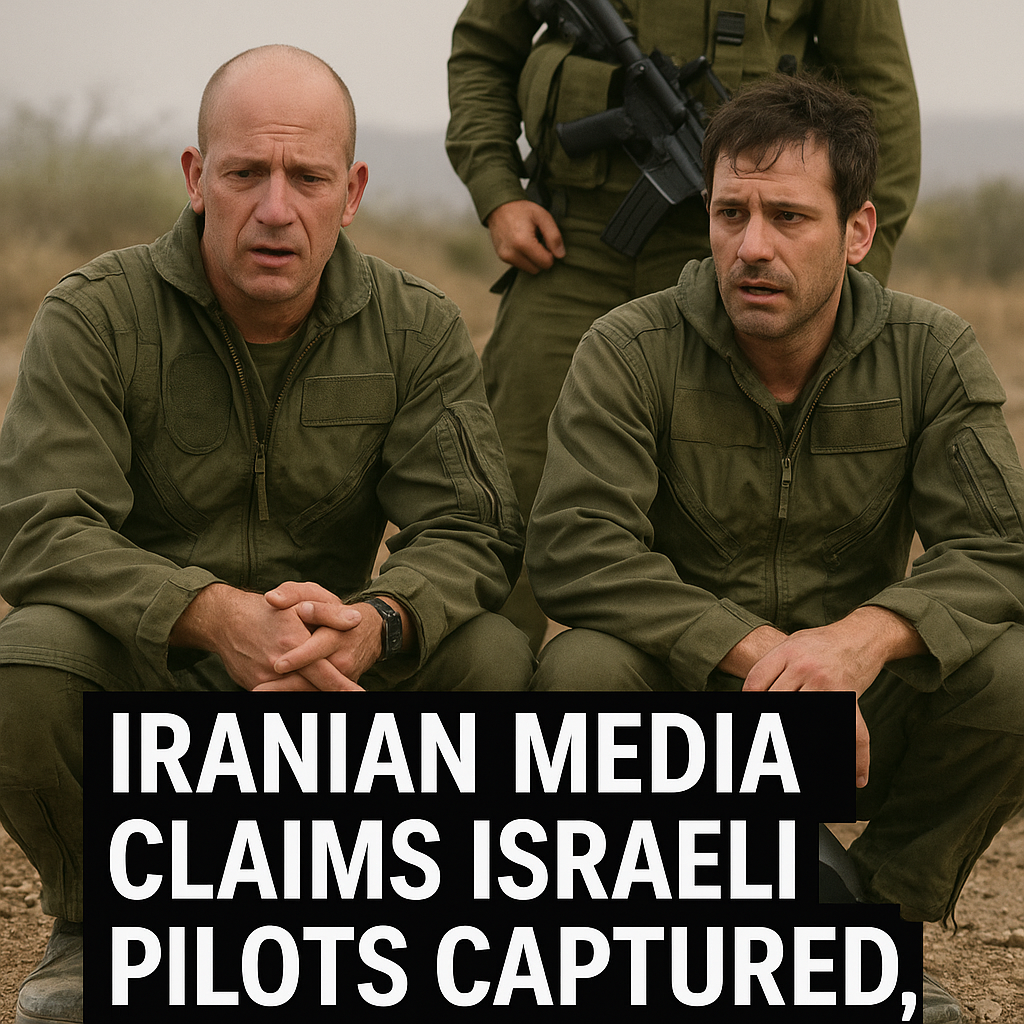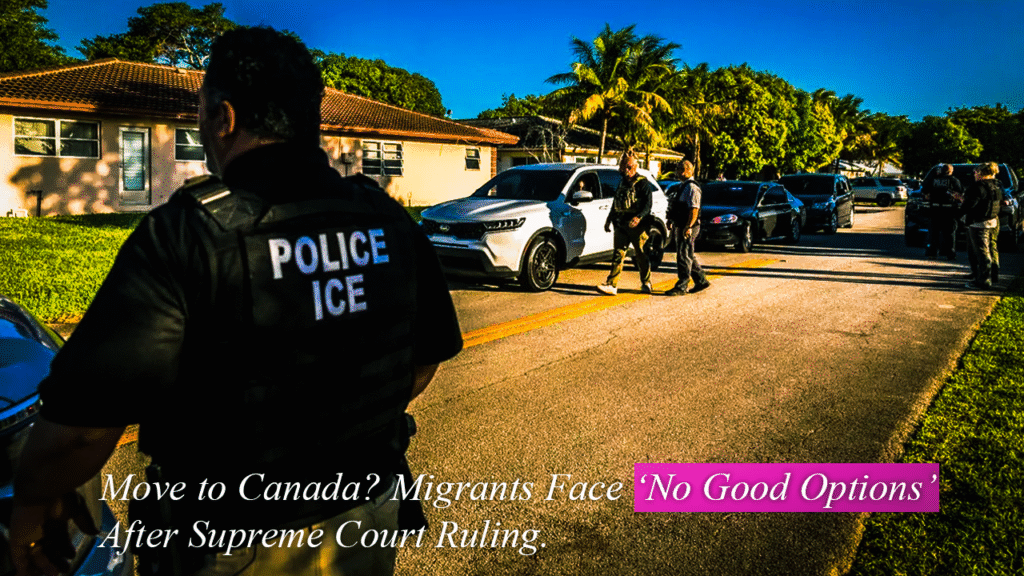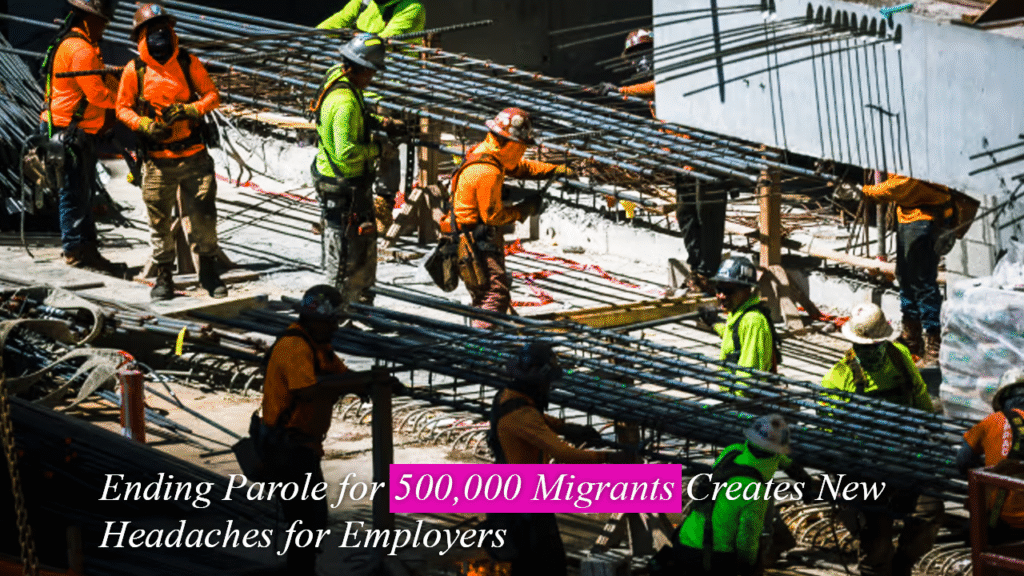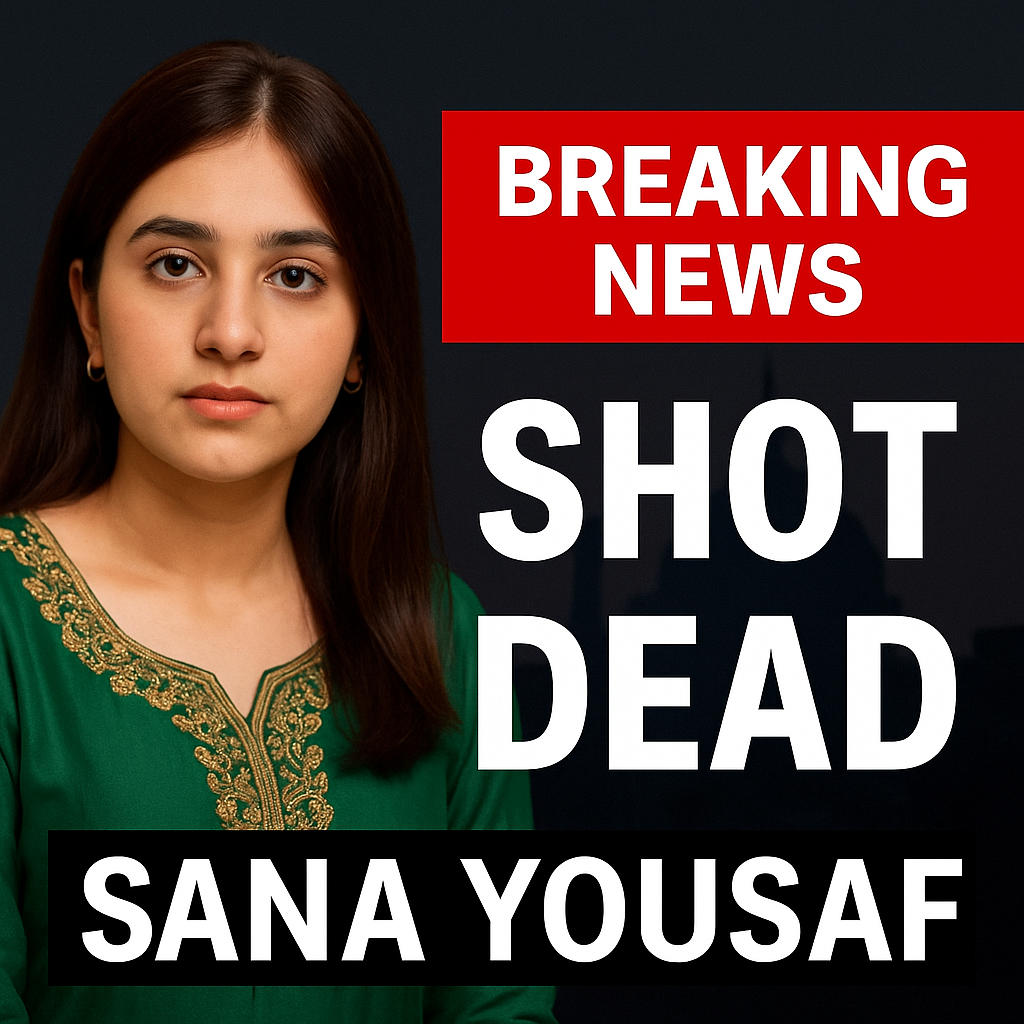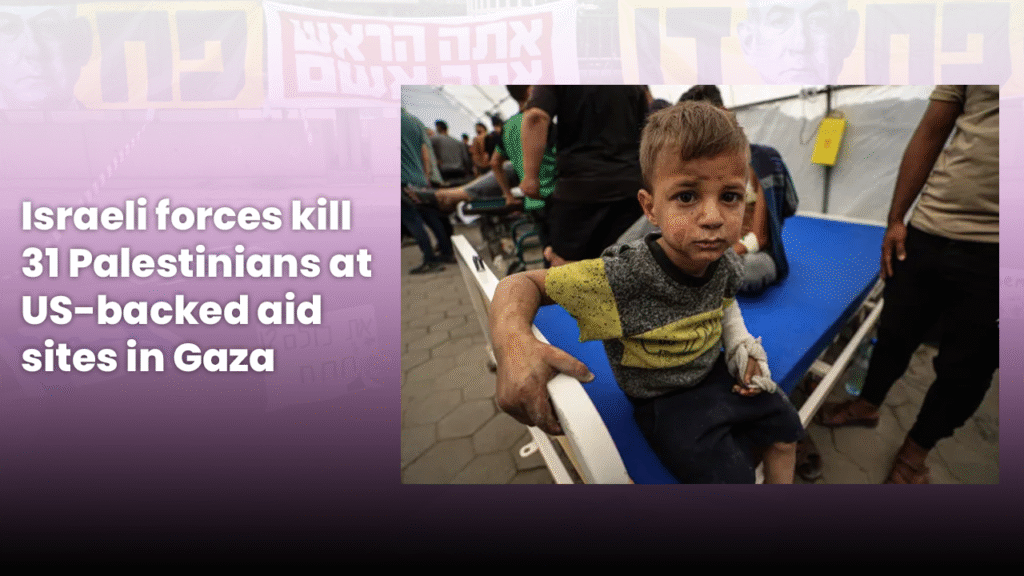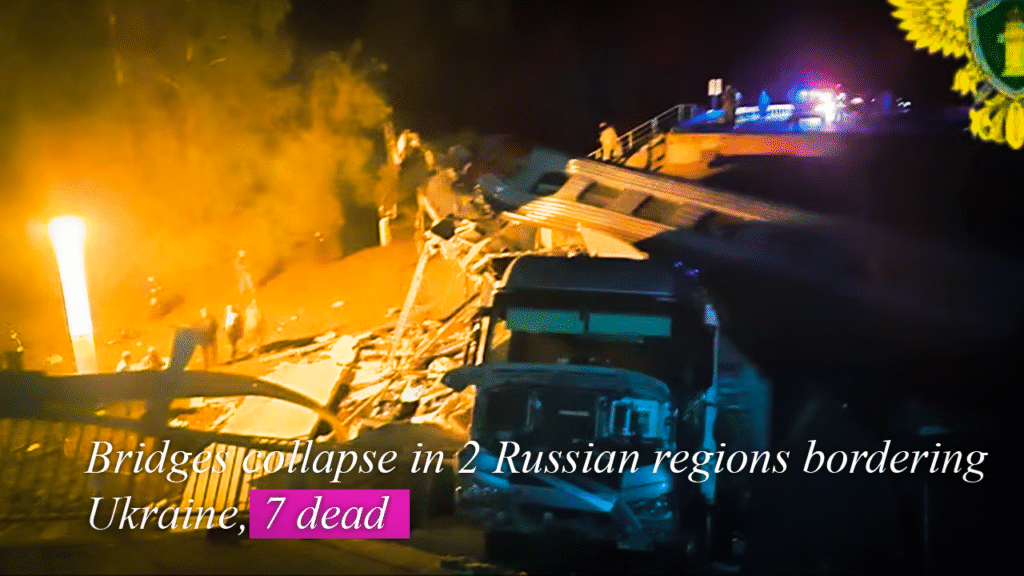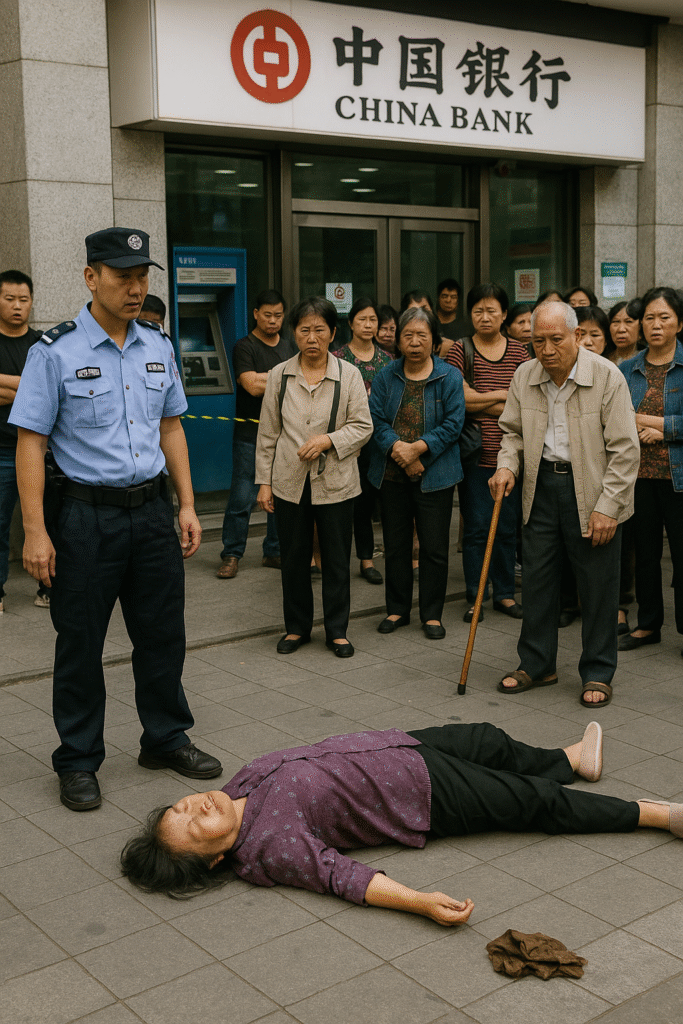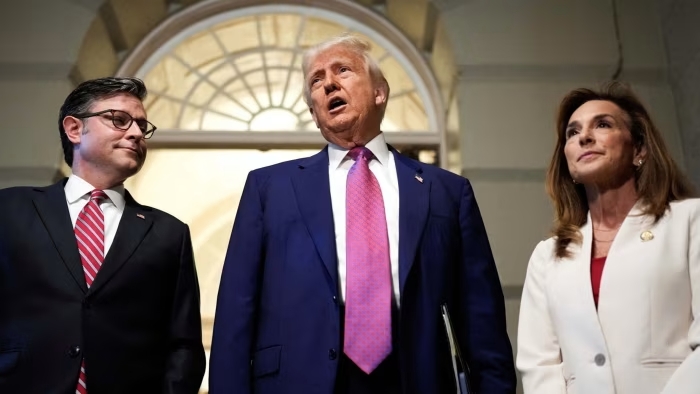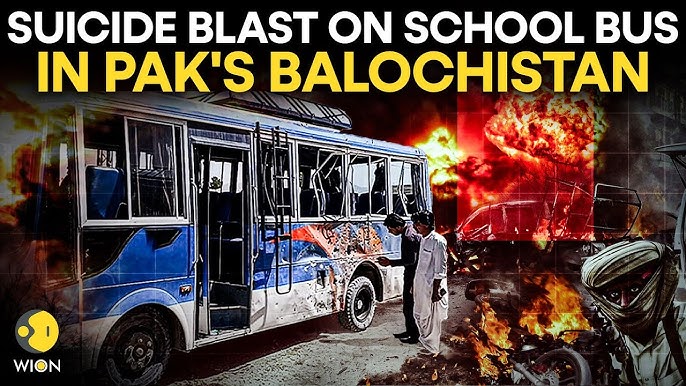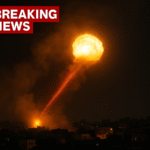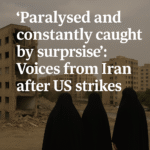Israel-Iran latest: US says its strikes on Iranian nuclear sites caused ‘severe damage
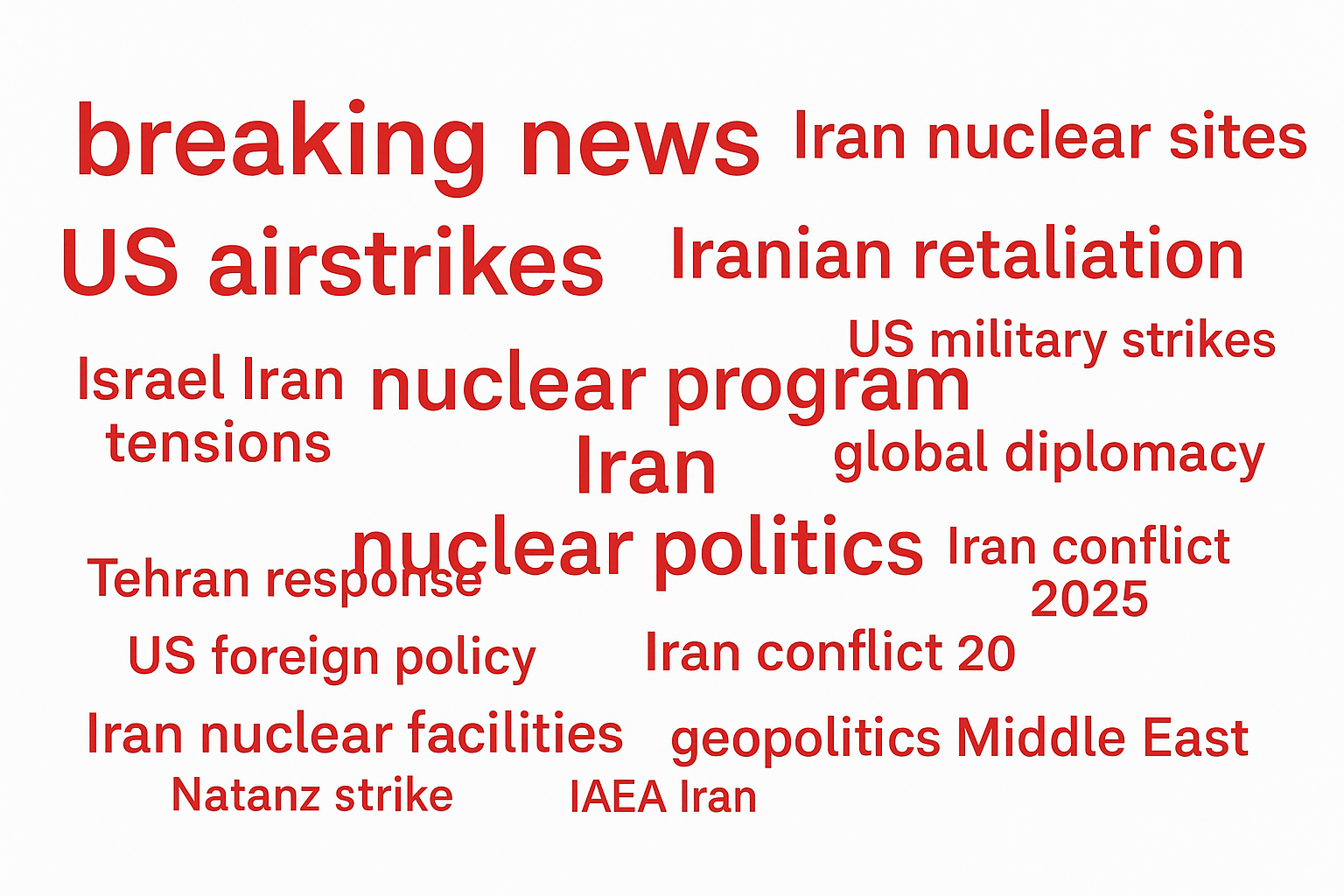
In a major and important step-up in the already heightened tensions in the Middle Eastern region, the United States government has officially announced that it has conducted airstrikes specifically targeted at Iranian nuclear sites. Officials are reporting that these targeted attacks have caused serious operational harm and damage to these key sites. These disturbing developments are unfolding against a background of rising hostility and conflict between Israel and Iran, with the United States taking full and assertive military action in an attempt to halt what it terms is an escalating and growing nuclear threat from Iran.
Strategic Targets: Targeted and Focused Strikes Initiated by the United States against Nuclear Infrastructure Systems
United States authorities have confirmed that several of Iran’s nuclear facilities were attacked and then hit by using advanced stealth aircraft along with precision-guided cruise missiles. Some of the facilities targeted were:
Natanz enrichment facility
Fordow underground facility
Arak heavy water reactor
The central objective of launching the operation, as per Pentagon sources, was to effectively discontinue the existing work of centrifuges and ensure that uranium enrichment would be totally prohibited in the future. The airstrikes, as per reports, were carefully synchronized with intelligence inputs provided by Israeli agents, which indicates a rare but strategically driven cooperation of the United States and Israel’s military planning efforts.
Satellite Images and Local Accounts Verify Damage
Independent satellite analysts and weapons experts examining images after attacks have confirmed:
The destroyed buildings at the Natanz site are significant.
Power outages in nearby towns are typical of EMP bursts
Iran has not yet fully admitted or accepted the extent of damage that has been caused, yet reports from the local area and civilian video footage viewed show that there indeed is a significant setback in terms of national security.
Iran’s Response: Rhetoric or a Real Retaliation?
Supreme Leader Threatens Retaliation, Terms Attack as ‘Act of War’
Ayatollah Ali Khamenei, the revered leader of Iran, invoked the recent attacks as “an act of war against the Iranian people” and vowed firmly to retaliate. Preparing for a possible conflict, Tehran has taken serious steps by mobilizing the Islamic Revolutionary Guard Corps (IRGC) and has further positioned its air defense systems at high alert to keep itself prepared for any incoming attack.
Cyber and Asymmetric Threats Increase
Experts warn Iran can escalate through asymmetric warfare, e.g.:
Cyberattacks on Israeli and US infrastructure
Targeted attacks by Hezbollah or Houthi proxies
Maritime risks within the Strait of Hormuz
These strategies allow Iran to respond without direct conflict, maintaining plausible deniability while still applying pressure.
Israel’s Strategic Position and Middle Eastern Interests
The Israeli Prime Minister has made no official announcement regarding the nation’s involvement in this matter, but there are senior Israeli sources who affirm that there has been intense and serious operational coordination with Washington, D.C. This coordination appears to rest on the fact that Israel’s strategic interests match very closely with the aim of limiting Iran’s nuclear potential. This compatibility is particularly significant given the increased tensions that have arisen from recent missile exchanges occurring over Syria and Gaza.
Heightened Vigilance and Readiness on the Northern Border
The Israeli Defense Forces (IDF) have been said to:
Installed further Iron Dome batteries in the north
The reserve troops have been deployed and are currently based near Lebanon as well as the Golan Heights.
Civil defense warnings were sounded at various strategically significant facilities.
This specific event is known as a type of rehearsal for what may eventually be a multi-fronted counteroffensive, with particular attention being paid to the possibility of Iranian-supported Hezbollah troops located in Lebanon.
Global Response: Implications for Diplomacy and Emergency Appeals for Tension Reduction
The United Nations Security Council held an extraordinary meeting following severe international concern. At the meeting, the United States vehemently defended its actions by invoking Article 51 of the UN Charter, which covers the right of self-defense. Other nations, however, including major nations such as Russia and China, and other European Union members, voiced their disapproval of what they perceived to be the unilateral application of force.
The High Representative of the European Union for Foreign Affairs, Josep Borrell, said:
The world in general simply cannot pay the cost of having to endure another massive war in the Middle East.
Prices for oil have risen sharply with the market reacting to the conflict.
Brent Crude saw a steep price increase, breaching the $95 per barrel mark.
Investors moved to safe-haven investments such as gold
Airlines diverted flights in order to avoid Iranian and Iraqi airspace Market commentators have offered estimates on the extent of long-term market volatility in the event that this current conflict escalates. This is especially applicable following Iran’s threatened shutdown of the Strait of Hormuz, a main shipping route carrying over 20% of the world’s oil supply.
Military Consequences and Strategic Goals of the United States
Early in the Biden presidency, there was a strong inclination to seek diplomatic ways of containing potential threats; but over the past few months, there has been a sharp and profound shift to adopting a policy of active military deterrence. Close to the administration, sources suggest that there is increasingly a feeling of alarm among White House officials at the dire prospect that Iran is just a few months away from a nuclear breakout capacity, and this has generated the high-level decision to sanction strategic military action.
The primary aims driving the action are the following factors:
Derailing Iran’s nuclear schedule
Enhancing US credibility in the region
It is very important to assist the national security of Israel.
Pentagon’s Future Actions and Readiness
There has also been an increase in the naval presence in the Persian Gulf.
The B-52 bombers are sent to the strategic air base at Diego Garcia with the aim of being a deterrent.
Installed additional missile defense systems in Qatar, Bahrain, and UA
These strategic military maneuvers indicate a clear and unambiguous state of preparedness for a potentially extended regional conflict, in the unfortunate event that diplomatic efforts fail to succeed.
The Iranian Nuclear Program: A Setback or Just a Delay?
Nuclear proliferation specialists argue that the assaults conducted by the United States can have only slowed down the advancement of Iran’s nuclear program, but not incapacitated it completely. With the existence of deeply buried facilities and the developing more advanced technological infrastructure native in nature, it is highly probable that Iran might be operational again very soon once repairs are finished. However, the wholesale destruction of centrifuges for the purpose of enrichment, as well as the disruption of existing uranium reserves, is a major strategic gain for anti-proliferation in the short term. IAEA Access Restricted During Conflict The International Atomic Energy Agency, or IAEA, popularly referred to as the IAEA, has formally reported that it has temporarily suspended its access to a number of Iranian facilities. Through this suspension, grave doubts regarding the transparency and effectiveness of monitoring that accompanies nuclear activity, especially in the context of the ongoing crisis that has evolved in the region, have been raised.
Conclusion:
Unstable Equilibrium in the Middle East The most recent reported US military strikes against Iranian nuclear facilities have radically reshaped the existing balance of power in the region. Although this tough action may well have had its immediate intended effect of severely undermining Iran’s nuclear program, it has also unfortunately set off a large wave of instability and potential counter-retaliation that poses a serious threat of widening into all-out war. As diplomacy teeters in the balance and military escalation more and more appears inevitable, the international community now has a critical and pressing test in its ability to prevent the outbreak of all-out war in a very volatile and sensitive region.

 English
English 

